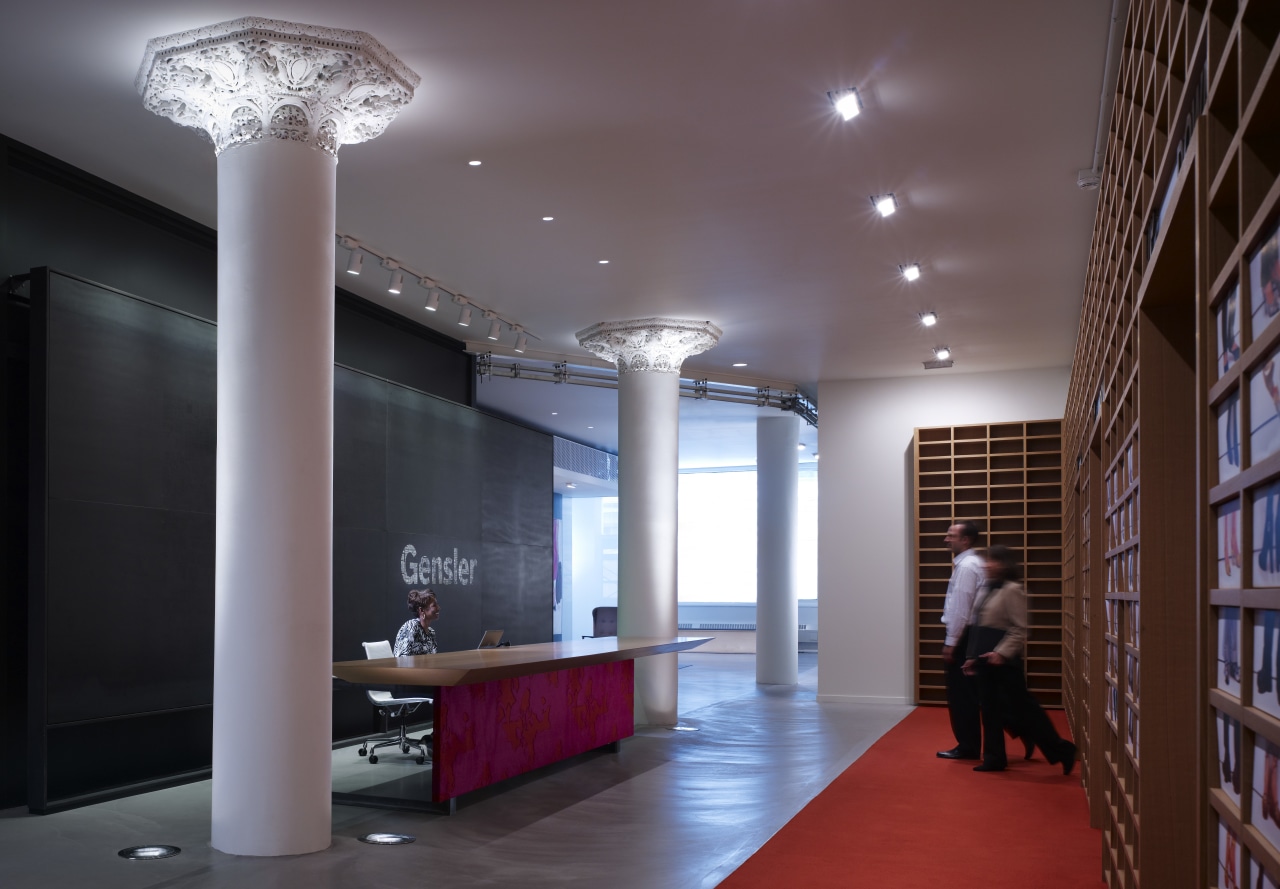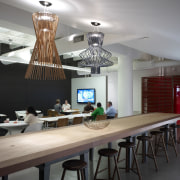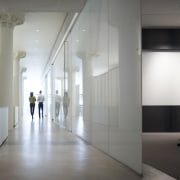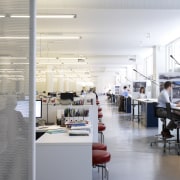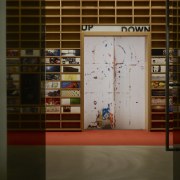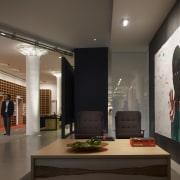A CELEBRATION
The design for the new offices of Gensler Chicago celebrates the history and architecture of the original heritage building and the people who work there
Respect for the art and architecture of the past can be expressed in many ways, from an adherence to physical forms and features to a development of the more intellectual concepts of the original design.
Chicago's landmark Sullivan Center, for almost 100 years home to the Carson, Pirie, Scott and Company department store, was considered to be a classic structure from the Chicago architectural school. Originally designed by Louis Sullivan and built in 1899, it was expanded by Daniel Burnham in 1904, then again by Holabird & Roche in the 1960s. More recently, since 2006, major renovations to both the interior and exterior have been undertaken, and architectural practice Gensler now occupies the third level after restoring and refitting the space as its Chicago offices.
Sullivan believed in the celebration of life through ornamental architecture, and his original building design featured intricate details, many of which have been preserved, some intentionally and others as a result of having been concealed behind boxing for decades.
Carlos Martinez, design principal at Gensler, says his company's philosophy is similar, with life and ornament expressed through its people and its work. In the offices, this is articulated through the design of the space, which focuses on fostering the work produced within it and viewing the company's work as the ornamentation.
In Gensler's third-level offices, details such as ceiling planes and decorative capitals on columns were landmarked, so the practice's design for the fit-out had to respect and celebrate this. Columns vary in size depending on whether they are in the part of the building designed by Sullivan, Burnham or Holabird & Roche. Over most of this level, very large floor-to-ceiling windows had previously been boarded up to provide housing for ducting.
"Gensler wanted to recognise the character of the original building and take advantage of the high ceilings, tall windows and unbelievable access to natural light. We wanted to protect the light and open environment of the original department store, which suited our collaborative style of business," says the architect.
Martinez says this principle was the guide for the restoration. The ceiling plane across the entire level was painted white, and private meeting rooms were all located close to the central core of the building to ensure open space and access to natural light were not sacrificed.
To take advantage of the very high ceilings, modern lighting systems were used, but were treated in an honest way and exposed, with minimal use of housing.
"We suspended tubes of light from the ceiling so they appear to be floating in space, rather than hiding them away. Objects such as these have been treated as sculptures," says Martinez.
The second aspect of the design was to celebrate the staff at Gensler. Graphic features throughout the space give various opportunities to tell compelling stories about the company and people who are part of it.
"Images on walls and partitions throughout the offices provide an interwoven series of stories that connect to the work of Gensler, its talent base, legacy and point of view," says the architect.
Close to the elevators in the reception area, a metalwork collage features scale drawings of all the projects the company has undertaken, showing the diversity of its work. In the same area, small wood cubbies feature rotating exhibits that showcase staff achievements. In the main offices, a wall was designed to carry a huge, computer-generated, pixellated image that can be changed regularly to refer to something important to the practice, such as the logo of a visiting client or an image relating to a charity function being held by the company.
Credit list
Architect, interior design
Mechanical and electrical engineer
Hardware
Tracks for drapes
Carpet in main conference rooms
Ceiling in main office
Paint
Reception desk, workstations
Plastic laminates
Conference tables
Construction
Partitioning system
Lighting
Carpet in open office and multipurpose room
Resilient flooring
Ceiling in front conference rooms
Heating/air conditioning
Office chairs
Glass in main conference rooms
Story by: Mary Webb
Home kitchen bathroom commercial design
